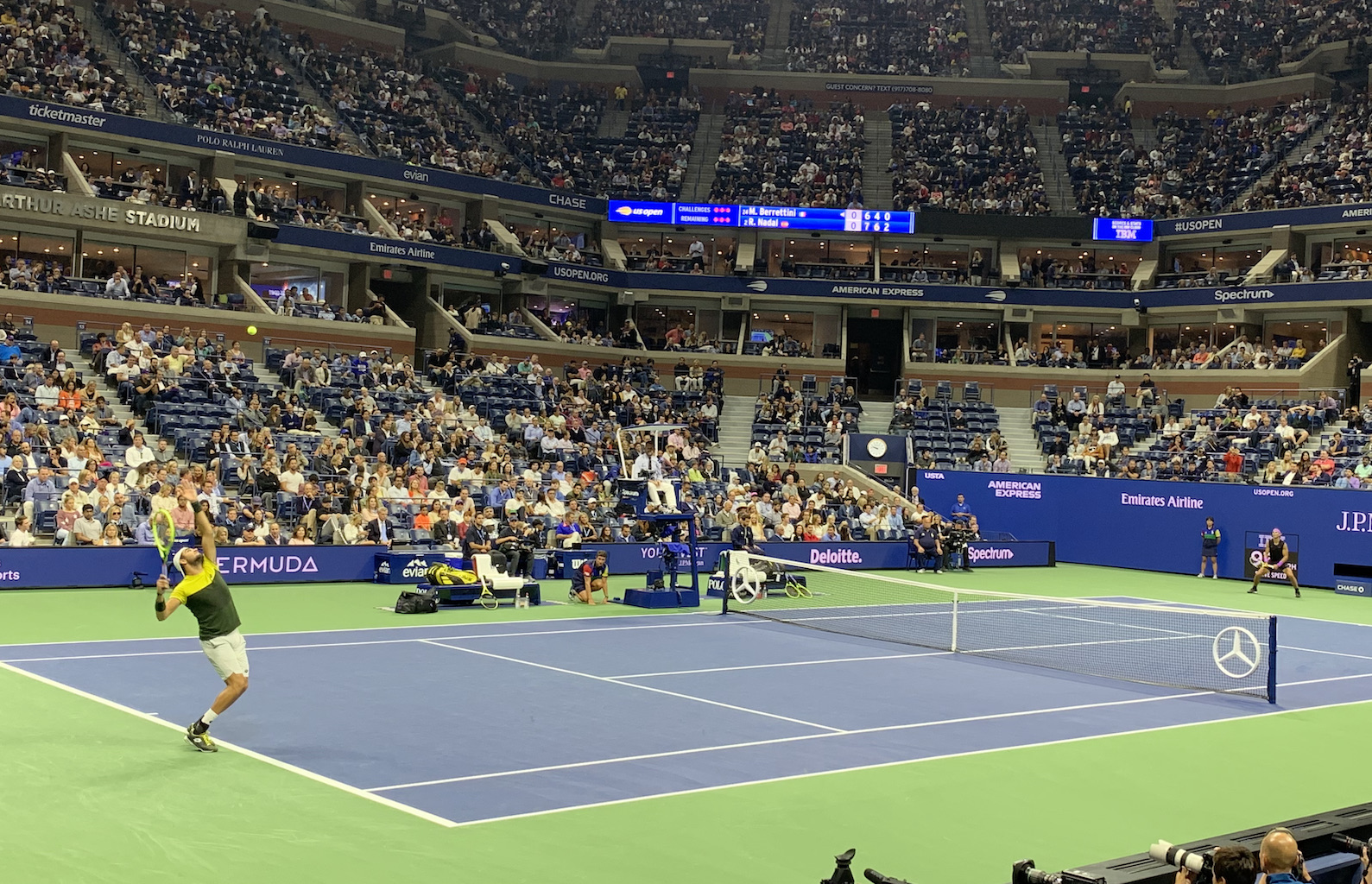30-30 is a crossroads between pleasure and pain.
Win the point and the percentages are overwhelmingly in your favor to hold serve. Lose the point, and the odds now say you are more likely to get broken.
So… how much risk should you take on board when serving at 30-30? Is it a good time to go for an ace and to play big, or is it better to play the percentages and make a first serve and look for a Serve +1 forehand? I recently wrote an ATP analysis on this topic with a focus on the pro tour, but I want to broaden that analysis here for junior and adult recreational players.
When you find yourself serving at 30-30, there are a number of elements that come into play.
- Do you have a specific serve direction you know you can make?
- Does the opponent have a significantly weaker return side?
- Is it a good time for a surprise serve location?
- Is your opponent stepping in and attacking your serve?
- Where should you serve to bring the ball back where you want it?
- All factors to consider…
In the 25 Golden Rules of Singles Strategy, I talk about the “8 Serve Factors” which help you make better decisions when serving.
When you arrive at 30-30, think of the outcome of the point like a fork in the road, where one pathway gives you an excellent chance of holding serve, while the other road is basically a coin flip to decide if you are going to hold serve. The following metrics are a Top 10 average from the 2019 season.
Top 10 Players in 2019
- Holding from 30-30 = 80%
- Holding from 40-30 = 93%
- Holding from 30-40 = 49%
The gap difference between holding from 40-30 (93%) and 30-40 (49%) = 44 percentage points = A MASSIVE DIFFERENCE!
At 30-30, you may feel comfortable with an 80% chance of holding. That’s not the metric that matters the most. I want your focus to be on the “gap” between the two possible outcomes, which is 44 percentage points. 30-30 represents a point score that has a huge swing in fortunes if you either win the point or lose the point.
So here’s your goal with your first two shots…
- Make your first serve.
- Hit a Serve +1 forehand, and typically direct it to deep down the middle to the opponent’s backhand.
Pro players can serve much more at the corners at 30-30 because they have the proficiency to do so. I want you to serve more at the body at 30-30, which will improve the percentages that you will make the serve. Going jam forehand or jam backhand both work, so you will need to figure out which direction makes the opponent more uncomfortable.
If the return is made, your opponent will probably be aiming towards the middle of the court to your backhand side. I want you to run around this backhand and upgrade to a forehand and then go deep to your opponent’s backhand to push them back where they can’t hurt you. Win the court position battle first, and then you can start to focus on forcing an error or hitting a winner.
Roger Federer was the Top 10 leader in holding serve from all three point scores last season. These numbers are pretty salty…
Roger Federer 2019 Season
- Holding from 30-30 = 86%
- Holding from 40-30 = 97%
- Holding from 30-40 = 59%
Top 10 in 2019: Holding Serve % From 30-30

Summary
Starting the point at 30-30 with a first serve and a forehand is overwhelmingly better than starting it with a second serve and a backhand. This is absolutely a point score where playing percentage tennis is the smartest thing to do.
Cheers,
Craig



